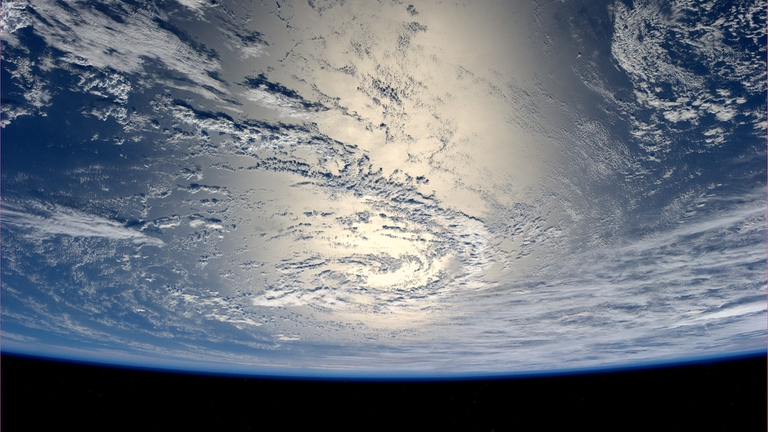https://www.lifegate.it/immagini-satellitari-google-protezione-dellambiente
- |
THE artificial satellites orbiting far from Earth could help save it.Humanitarian and environmental organizations around the world are taking advantage of aerial images from an instrument Google, in order to study areas in difficulty and analyze new objectives.Is called Google Earth Engine:a still little-known program that, thanks to a vast range of satellite images and data open source, makes it relatively easy for experts to design their own interactive maps.
This allows associations to understand which places need intervention, without the need to be on site.Furthermore, the company that owns the famous search engine has provided a team that manages enormous sets of data to help pro bono groups involved in the fight against climate changes and support for communities in need.
What is Google Earth Engine
Technically, Google Earth Engine is one cloud computing platform created in 2001 for the processing of satellite images and other geospatial and observation data.It provides access to a large database of images and has the computing power to analyze those images:thanks to these innovations, the software allows observation of changes in agriculture, natural resources and the climate of specific locations, using geospatial data from the Landsat satellite program.

THE 20 thousand image files added every day to the Earth Engine team's collection are more than just static photos.Satellites collect detailed information on the composition of soil more than 30 centimeters deep and on the amount of water vapor rising from agricultural land.By studying the changes that occurred in the same places in a specific period of time, the associations can decide where to intervene and remedy critical situations affecting the climate and local populations.Google staff then helps customers analyze relevant information and use it in the field.
Some concrete examples:from Senegal to Peru
In your own section dedicated to developers, Google explains how to use Earth Engine and describes some success stories.For example, focusing on satellite photos that concern Uganda, it is possible to examine the state of the local soil and predict when the temperature will be too high for the pastures and the people who live in the areas observed.In fact, the effects of climate change have significantly changed the flow of life seasons in the African state.With more or less long rains and more intense droughts, especially in eastern and north-eastern Uganda.
Other recent episodes concern nations in different parts of the world.Thanks to a radio connection with a Google Earth Engine partner NGO, the nomads of Senegal learn where to find water for their cows;dots on the interactive maps inform the Peruvian indigenous people on ongoing deforestation activities.In Africa, the Cloud to Street association maps drought zones in areas at risk from climate change.
A useful tool also for monitoring deforestation
In recent years, Cloud to Street has used Google Earth Engine to improve its searches and predict the intensity, duration and impact of floods in the Republic of Congo.Affiliated users can thus view a map of the area that traces the path of the rising water, receive messages in real time on blocked roads and help the local community avoid other imminent dangers.
For decades, satellites launched by space agencies in the United States and Europe have collected a vast archive of data about the Earth and its atmosphere, but it was data that was virtually impossible for the public to examine.Taking advantage of the Google tool, these information can now be distributed in digital format and become more accessible:“It's a remarkable level of transparency that wasn't available before,” he commented Mikaela Weisse, spokesperson for Global Forest Watch, an online organization that monitors the deforestation in the world.Thanks to satellite photos taken thousands of kilometers away, today environmental protection can be done more quickly and constructively.
